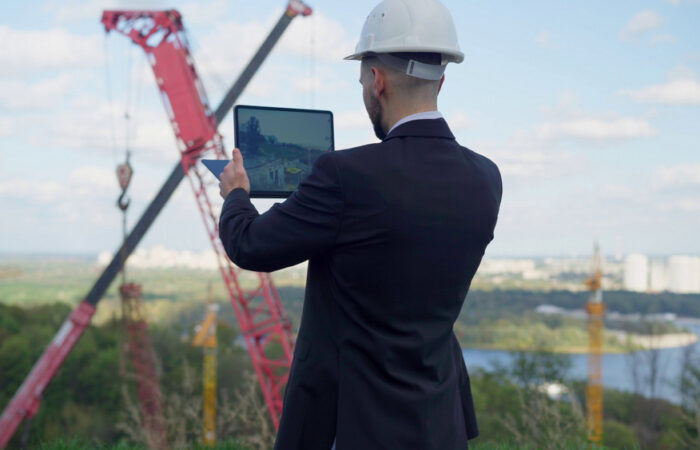Overhead cranes are pivotal in various industries, playing a crucial role in material handling and logistics. Designed to move heavy loads with precision and efficiency, these cranes significantly contribute to manufacturing operations, construction projects, and warehousing activities. Whether investing in new equipment or scheduling a professional crane service, understanding the main types of overhead cranes is essential for selecting the right equipment for your site’s needs.
Bridge Cranes: Heavy-Duty Powerhouses for Industrial Lifting
Bridge cranes, also known as overhead bridge cranes, are commonly used in factories and industrial environments. They consist of parallel runways with a bridge spanning the gap. One of the defining features of bridge cranes is their ability to handle large and heavy materials quickly and efficiently. According to Globe Newswire, bridge cranes have two design options: single girder or double girder setups, which affect their lifting capacities and operational complexities.
Gantry Cranes: Flexible Workhorses for Indoor and Outdoor Jobs
Gantry cranes are masters of versatility and adaptability, apt for both indoor and outdoor applications. Unlike bridge cranes, gantry cranes are supported by legs that move along a track, providing different operational advantages. These are particularly common in shipyards and logistics facilities where moving heavy cargo is essential. Many businesses also rely on professional crane service to keep gantry cranes operating safely and efficiently. Gantry cranes, much like other types of overhead cranes, can be found in single or double girder variations, impacting how much weight they can lift and the speed at which they operate.
Monorail and Jib Cranes: Precision Tools for Specialized Tasks
Monorail and jib cranes serve more specialized purposes within the spectrum of overhead crane technology. Monorail cranes utilize a singular track system and are excellent for production lines that require consistent, repetitive lifting tasks. On the other hand, jib cranes are primarily used for localized lifting tasks, thanks to their swiveling arm, which allows movement in multiple directions. Jib cranes are highly favored in smaller workstations and manufacturing plants. These are also available in single and double girder forms.
The variety of overhead cranes ensures that there is a solution for every lifting and material handling need, whether it’s within an expansive industrial factory, a bustling shipping yard, or a compact workshop. While bridge and gantry cranes excel in large-scale operations, monorail and jib cranes provide targeted support in more confined environments. Knowing these differences is crucial for making informed decisions that enhance productivity, safety, and efficiency in your operations.
Keep your projects running smoothly and safely with expert support from Skyline Crane Rental. Contact us today to schedule reliable crane service tailored to your specific lifting needs.



